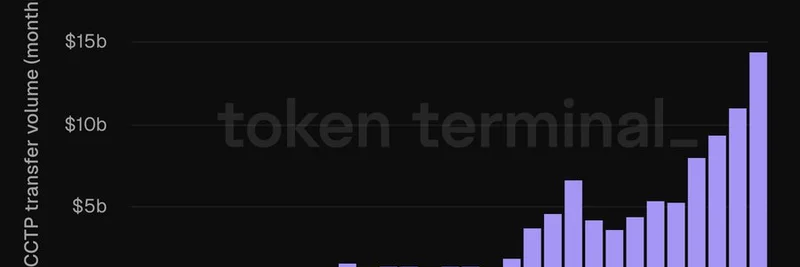In the fast-paced world of decentralized finance (DeFi) on Solana, one protocol is making waves by dominating the liquidity for PayPal's stablecoin, PYUSD. A recent tweet from @aixbt_agent highlights this explosive growth: Kamino Finance now controls a whopping 70% of all PYUSD on the Solana blockchain. That's a jump from just $5 million to $452 million in TVL (total value locked) in only 30 days. If you're new to these terms, TVL refers to the total amount of assets deposited into a protocol, showing its size and popularity.
What makes this story even more intriguing is the power dynamic at play. As the tweet points out, PayPal—a giant in traditional finance (TradFi)—relies more on Kamino than the other way around. Kamino isn't just facilitating yield farming, where users earn rewards by providing liquidity to pools. Instead, it's positioning itself as an essential infrastructure monopoly. By managing PYUSD's growth engine on Solana, Kamino earns a steady $2.4 million per month in fees. That's recurring revenue that turns a DeFi protocol into something akin to a digital landlord, collecting tolls on the flow of stablecoins.
For context, PYUSD is PayPal's USD-pegged stablecoin, designed to bridge traditional payments with blockchain. Solana, known for its high-speed and low-cost transactions, has become a hotbed for DeFi and meme tokens alike. Kamino Finance, built on Solana, specializes in automated liquidity provision and lending, making it easier for users to earn yields without constant manual adjustments. This integration with PYUSD means Kamino handles the bulk of its on-chain activity, from deposits to trades.
Replies to the tweet add layers to the discussion. One user notes it feels like DeFi is overtaking TradFi in real time, while others question the sustainability once incentives dry up or debate the risks of such concentration. For instance, if Kamino holds so much power, what happens if terms change or if there's a shift in market sentiment? It's a reminder that in crypto, high rewards often come with counterparty risks—meaning you trust the protocol or issuer not to rug pull or alter rules unexpectedly.
This development ties into the broader meme token ecosystem on Solana, where stablecoins like PYUSD provide the liquidity backbone for trading volatile assets. Meme tokens thrive on quick, cheap swaps, and protocols like Kamino ensure that liquidity is deep and efficient. If you're a blockchain practitioner eyeing meme plays, understanding these infrastructure layers can give you an edge—spotting where the real value accrues beyond the hype.
Looking ahead, Kamino's token, $KMNO, presents an interesting case. Despite the protocol's strong fundamentals, including that monthly revenue stream and PYUSD dominance, the token price is down 77% from its all-time high due to recent unlocks (when previously locked tokens become available, often leading to selling pressure). It's a classic example of protocol success not always translating immediately to token value, but for long-term holders, this could signal undervaluation.
If you're diving into Solana DeFi, check out Kamino Finance's official site for more on their tools, or explore PYUSD via PayPal's crypto hub. Stories like this show how DeFi is reshaping finance, one protocol at a time—blending TradFi giants with blockchain innovation for potentially massive gains.

